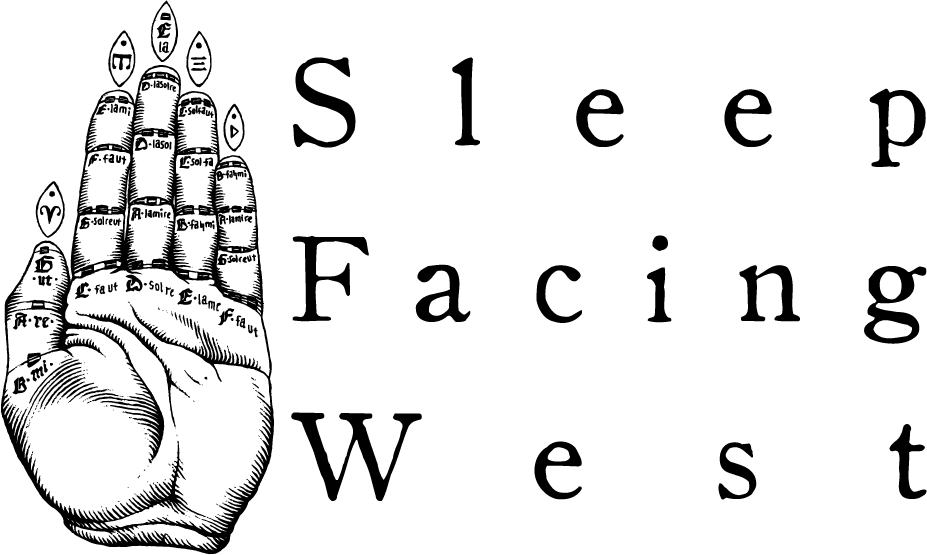I'm honored to have received first place in the final round of NGUAC 2017 (having previously placed 1st in the first round, and second in the second). During the course of the competition, I was able to receive some great feedback from the judges which has helped me reconsider some of my working methods.
In recent years I'd adopted more virtual instruments into my workflow. In a world that often values speed of turnaround over quality of production, working with all live instruments (as I had done in the past) proved to be a time consuming and inefficient process. With the encouragement and tutelage of my friend Kevin Macleod, I began learning more about large scale MIDI production. While edit requests can be performed incredibly quickly, the tracks seemed to lack a sense of personal touch and detail of sound I had previously valued so much.
This track marks a return to my older style of working wherein everything is created from scratch...custom sound design from simple wave forms, recording of live instruments, and unique sound processing facilitated via bespoke patches created in Max/Msp. While I still feel that the use of virtual instruments is many times necessary, I would like to begin blending elements of this thought process into my hired works moving forward. I'm honored to have won this competition, but the bigger takeaway is a rekindling of the love of a more hands-on approach to production.
The winning track is provided below, along with a description of my inspiration/working methods.
I was inspired by the incredible videos of hummingbirds created by Anand Varma for National Geographic.
Not only was the information fascinating (of which there is more in the linked article at the bottom of the aforementioned post) but I had an emotional reaction to the videos themselves. His images captured a world very familiar, yet when slowed down, have an otherworldly ethereal beauty.
Harmonically, everything is based on stacked 5ths. The harmony is extended in the bridge.
Most of the sounds came from the acoustic guitar (played with fingers, chopsticks, ebow, allen wrench, and slide). Other sounds for the percussion came from cardboard boxes, a wood block, and simple wave forms (mostly white noise and sine waves). There's an 808 bass drum sample as well.
The prominent melody is voiced primarily by sine waves, then doubled with glockenspiel and vibraphone. I also used a really crappy flute soundfont which was mangled, distorted, and detuned to mimic the feel of a mellotron.
The guitar glitches were painstakingly chopped and hand placed.
The guitar was purposely tuned just a touch flat in the beginning and was distressed using a combination of distortion, eq, heavy compression, and a vinyl plugin. Background noise and tape hiss is purposeful and in some places, added artificially using a combination of pink noise and samples from various fans (air conditioner, kitchen vent, bathroom vent, computer). In general, quirks like hisses pops and subtly (and at times not so subtly) drifting pitch are the name of the game.
I encourage you to listen to this track while scrolling through the videos linked above.
